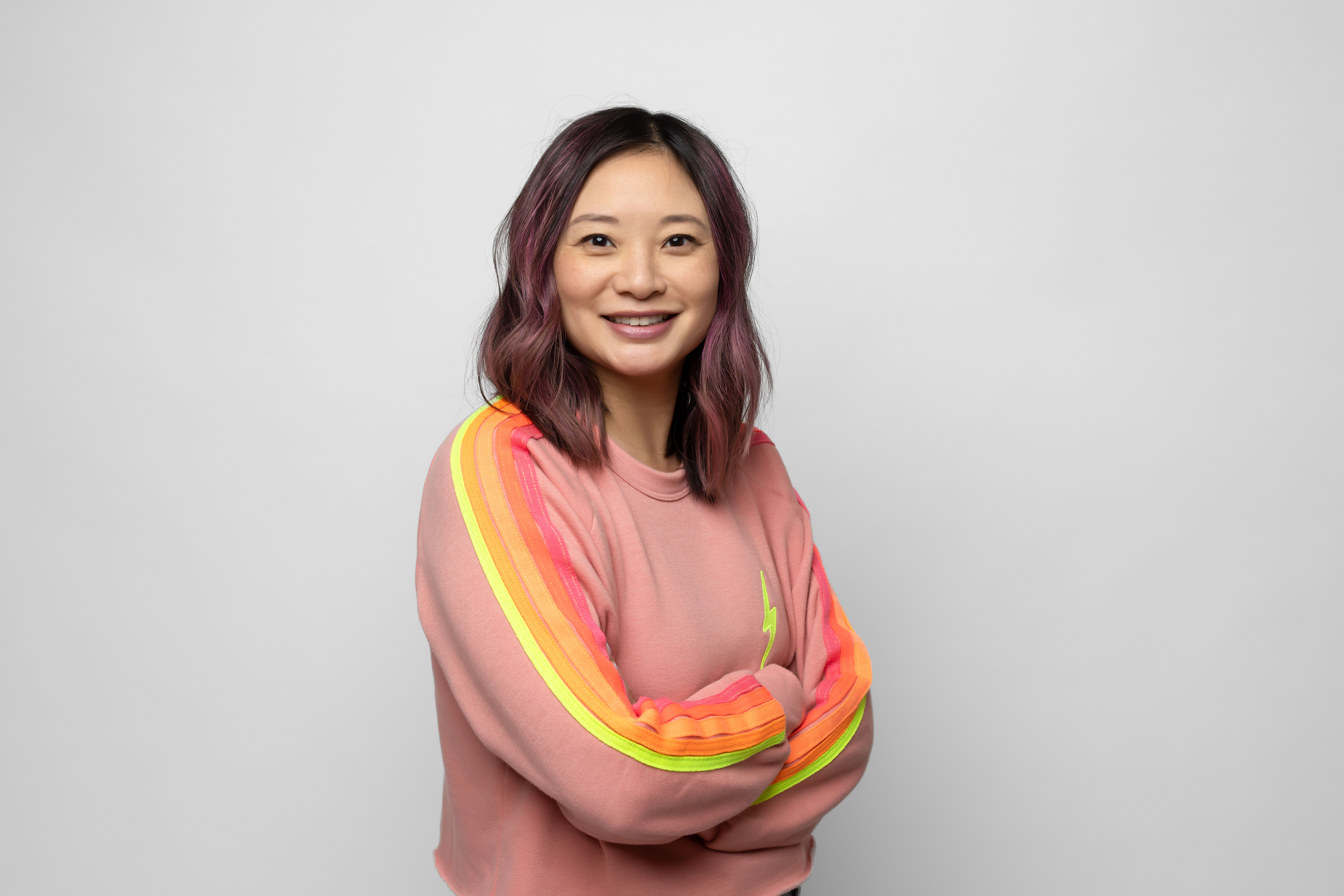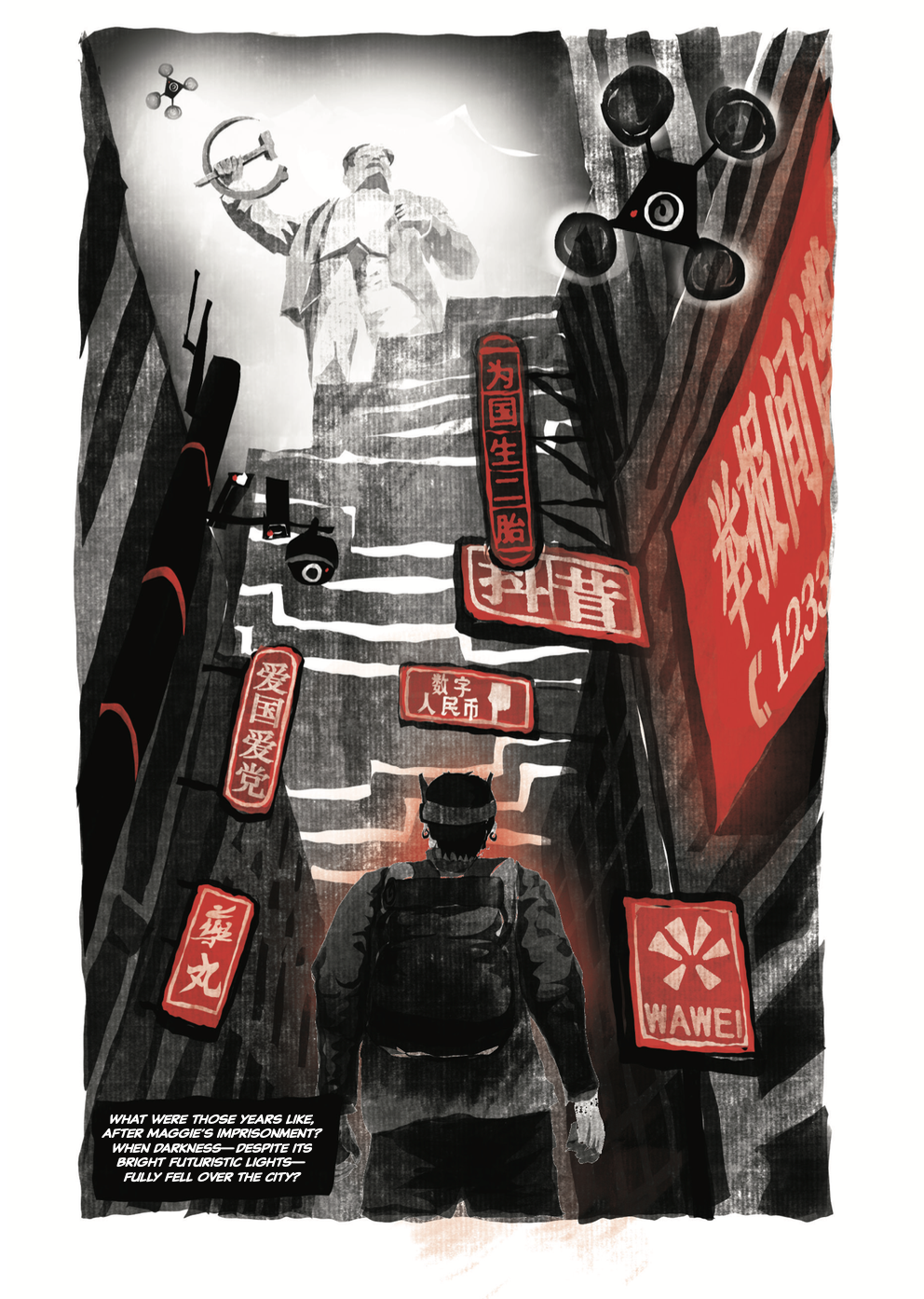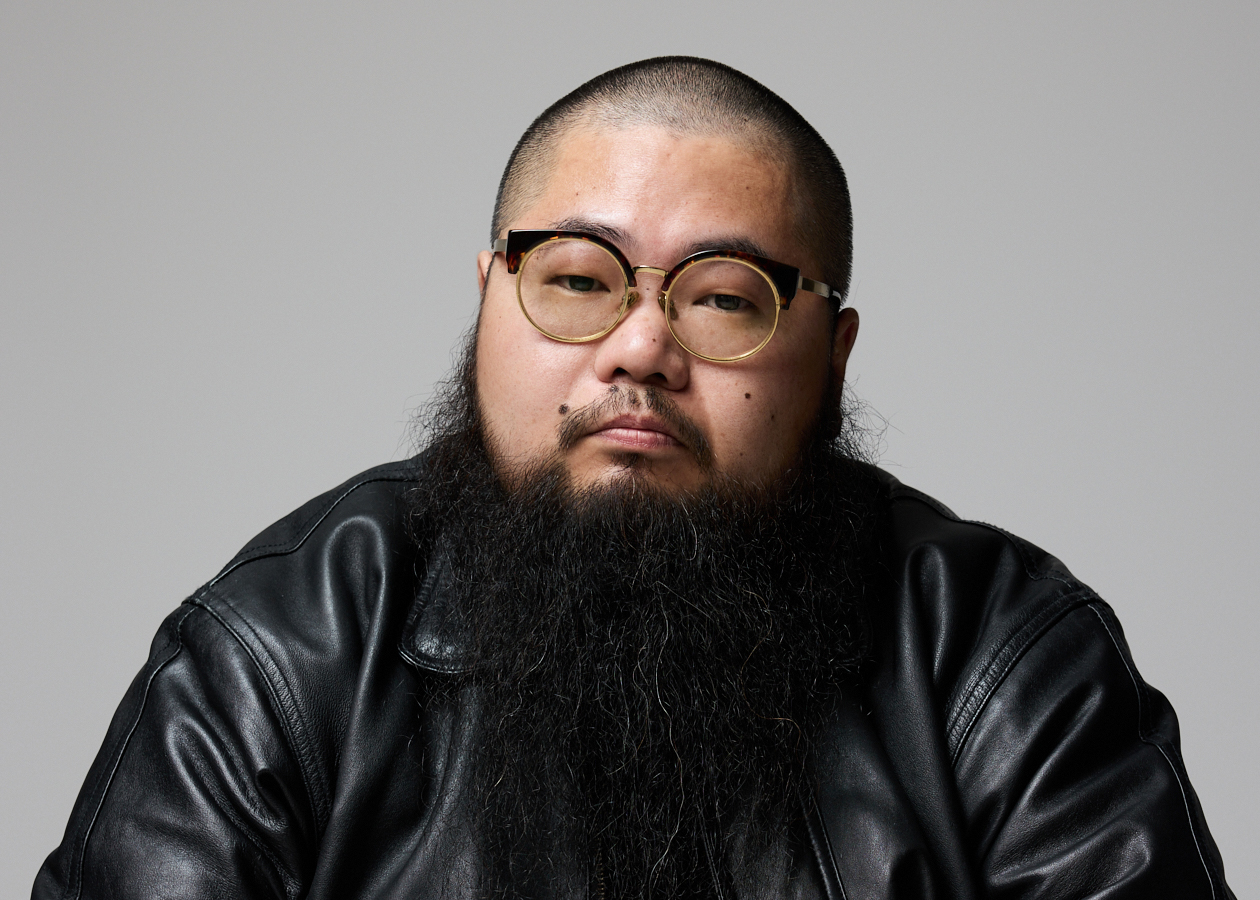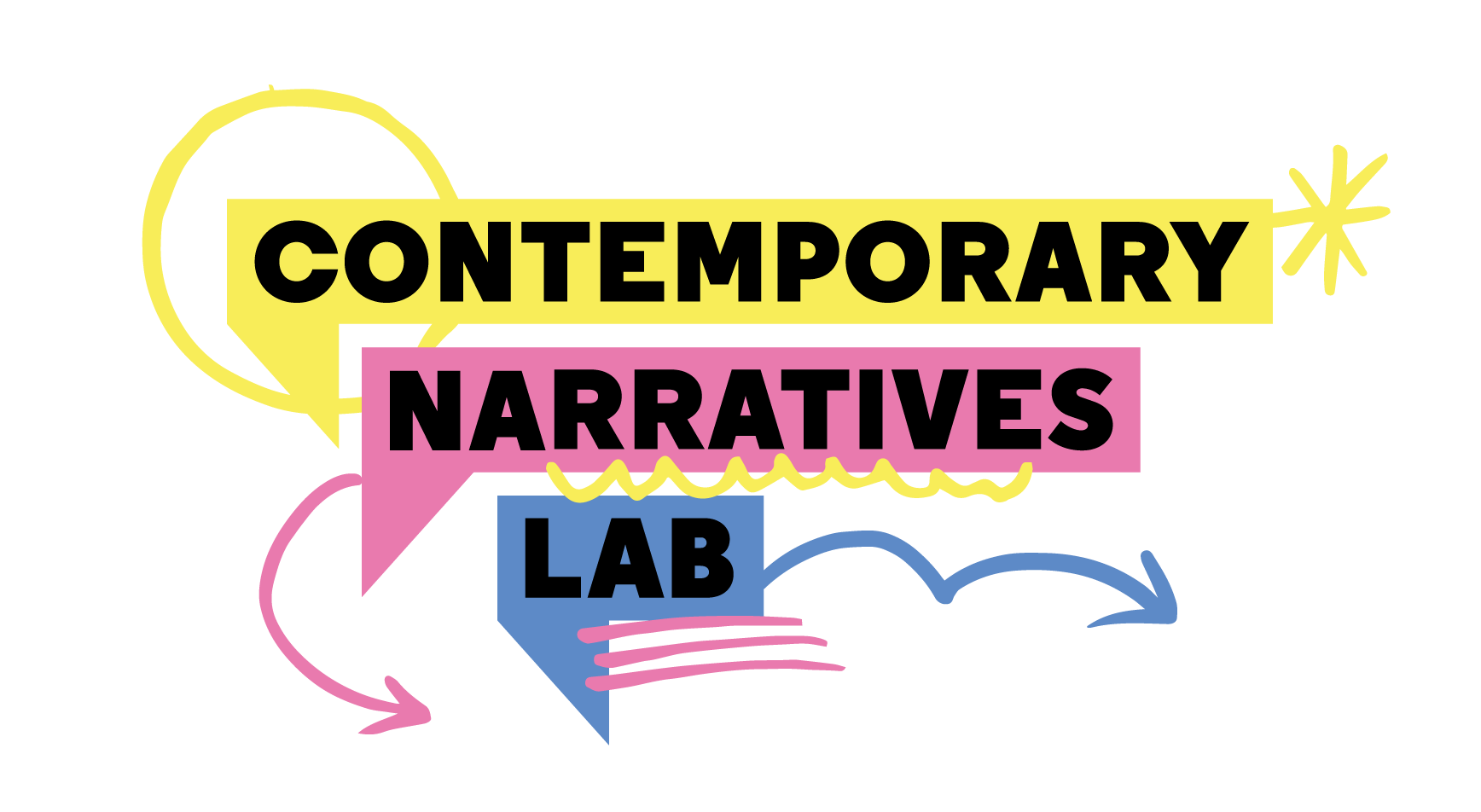You Must Take Part in Revolution is a graphic novel by Emmy-nominated journalist Melissa Chan and international activist artist Badiucao. It is a story about technology, authoritarian government, and the lengths that one will go to in the fight for freedom.
This was a collaboration between two people who were both trying something new. Melissa is an accomplished journlist and foreign correspondent, and this was her first fictional book. Badiucao is no stranger to using art to confront social and political issues, but has never produced sequential comics until now.
In this interview, they talk about the importance of perserverence, risk taking, and what it takes to collaborate across different time zones and countries over the book’s long gestation period.

What is the project about?
M: You Must Take Part In Revolution is a near-future dystopian tale in graphic novel form. It imagines a proto-fascist United States at war with a techno-authoritarian China. Taiwan is divided into two at this point, split along a DMZ — a demilitarized zone. Our three main characters from across the Chinese-speaking diaspora face some tough choices in their respective fights for freedom.
B: It’s about reflecting on our times — the struggle and urgency in this very chaotic period.
How did the idea originate?
M: Some people baked sourdough bread during the pandemic lockdown, I guess we started creating a graphic novel! Like so many others around the world at that time, I spent a lot of time online, chatting with friends. One day I asked Badiucao if he’d ever thought about expanding his single panel art commentaries into a bigger project with sequential art. The original idea we had was just to produce a short comic book, maybe funded by Kickstarter. But then it snowballed and almost five years later, here we are!
B: It wasn’t just the pandemic. The Hong Kong protests of 2019 had started to lose momentum, in part because of COVID-19 but also because of the tough government response to the demonstrations. Both Melissa and I wanted to use the project to reflect on this period. We wanted to show the struggle of this younger generation of people that have dealt with and will continue dealing with so much global uncertainty.
Tell me more about how the collaboration happened or was facilitated?
B: There’s actually a lot of common ground between a dissident artist and a journalist. Our observations on China and America laid the foundations for this project. And for us, we wanted to break from our respective conventional messaging and use the graphic novel format as a new way to convey our thoughts. The collaobration was not easy. We live on different continents, in different time zones. But our friendship and common understanding of our world helped keep this going. It was a great partnership and we both distilled our skills — in art and journalism — into this new form.
M: This project took faith, respect, and persistence. We had to believe in this project when it was primordial. We had to commit time to it before we had literary agents or a publisher. Mutual respect was key to our working relationship that spanned so many years. I think in all that time — maybe we had two or three conversations I’d describe as testy or tense? That’s actually amazing if you think about the frequency and hours we put into this. We often spoke once every 24 hours as we worked, page by page, from narrative treatment, to script, to sketch, to the first draft of the art. Our book is more than 260 pages. And so yes — persistence is needed!

Melissa Chan. Photo credit: Boaz Arad
How was it funded?
M: By the sweat of our brows, mostly! For a good two years before we got a publisher, it was simply unpaid work, carved out of our not-so-free time. I applied and received a grant from The de Groot Foundation, which I’m grateful for.
B: We also want to thank Creative Australia, the country’s arts council. They provided a generous grant. And also Bill Shipsey at Art for Human Rights — thank you so much.
How long did it take to produce?
B: It took more than four years… It was my first time creating a graphic novel, producing sequential art. It was very different from my previous endeavors. This was an ambitious project involving hundreds of drawings.
M: I spent a lot of time before and during the project reading about world building, plot, character, etcetera — all the elements of a good story. Tearing the timeline apart, moving scenes around. I felt like I was trying to give myself a crash course in a creative writing degree or something, it was nuts. Badiucao would come up with plot alternatives and counter-proposals — many of them so brilliant. We debated who the characters were. That was the tricky thing. If this was a solo project, you’d just build a character as fancifully as you’d like! But when there are two authors, it’s about making compromises about how you envision a character to be, and sometimes we’d disagree about what a character would do in a particular situation. In the beginning, they were particularly intangible. After four years, we talked about them as if they were members of our household. They had inhabited our minds for so long by then.
What were some of the challenges?
B: So much of what we imagined in a dystopian future became reality over the course of the time we worked on the project. I would read about a new development in drone technology or some new artificial intelligence capability that was already in our plot. Sometimes I felt this pressure to finish this project before reality caught up. We wanted, of course, to give space for the reader’s imagination! The other challenge is that while both of us had a lot to say about human rights and geopolitics, we knew we needed to create a compelling story, too. We needed to build strong, convincing characters. This was first and foremost a story-driven project. And we needed to learn that, because it wasn’t a tool in our gearbox yet. This was all new.
M: There were definitely moments when I wondered whether this fictional war between the US and China might just really happen in real life before our book came out. Like when then US Speaker of the House Nancy Pelosi decided to visit Taiwan, and China responded with military exercises around the island. Or now. The US-China relationship features prominently in the new Trump administration, and it feels like it can go off the rails at any time.

What was the most gratifying result?
B: For me as an artist, creating a project in a new medium has been the most satisfying feeling. It’s given me confidence to continue exploring the language of sequential art, whether it’s with animation or future graphic novels. Most importantly, though, this book conveys my worry about our times. I hope it informs younger generations, gives them ideas to think about, because the fight against authoritarianism is one of the biggest struggles of our time.
M: I bought and read comic books growing up, from the Batman series to graphic novels such as Art Spiegelman’s MAUS. I never imagined I would ever author a graphic novel of my own, and that a publisher would print it, market it, and all that fancy business. Now I can go to a bookshop and see You Must Take Part in Revolution on the shelf. That’s a surreal thing to me. If people love Badiucao’s art and enjoy the story, whether purely as entertainment or to take away a few serious lessons about fighting authoritarian power, then that’s all I dare ask for.
What is one lesson from this project that you would like to pass on?
B: We have free will and every choice we make comes with responsibilities and consequences. These are chaotic times, so individual strength matters. Making the right choices in your life matter. Never underestimate the power of the individual to change the world.
M: Always try something new. I’ve been a journalist for 20 years, and a part of me felt as if I might’ve done every format under the sun in text, audio, and video. From long form features to breaking news. Different news beats. Behind the camera and in front of the camera. But the graphic novel was completely new to me. You need challenges in your creative and professional life. Producing this book has made me braver.

Badiucao. Photo credit: Benny Capp
